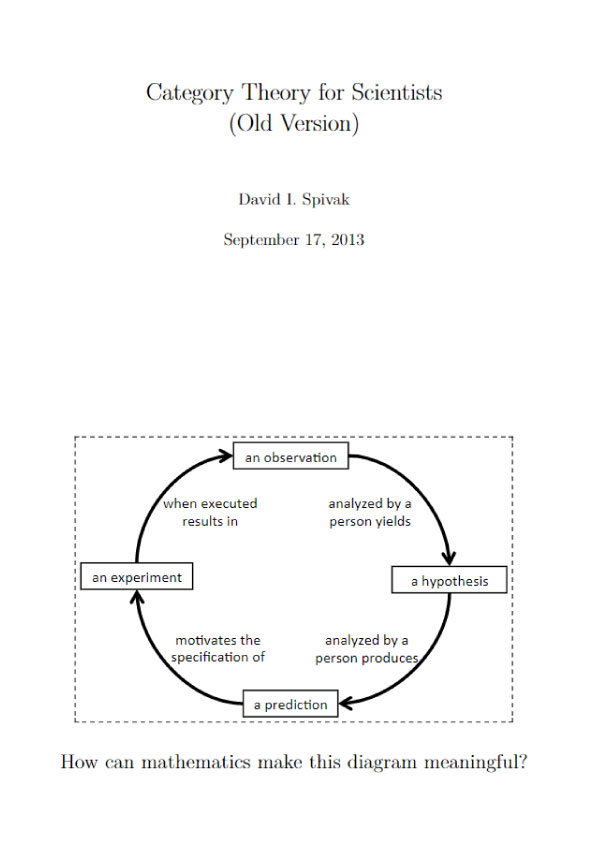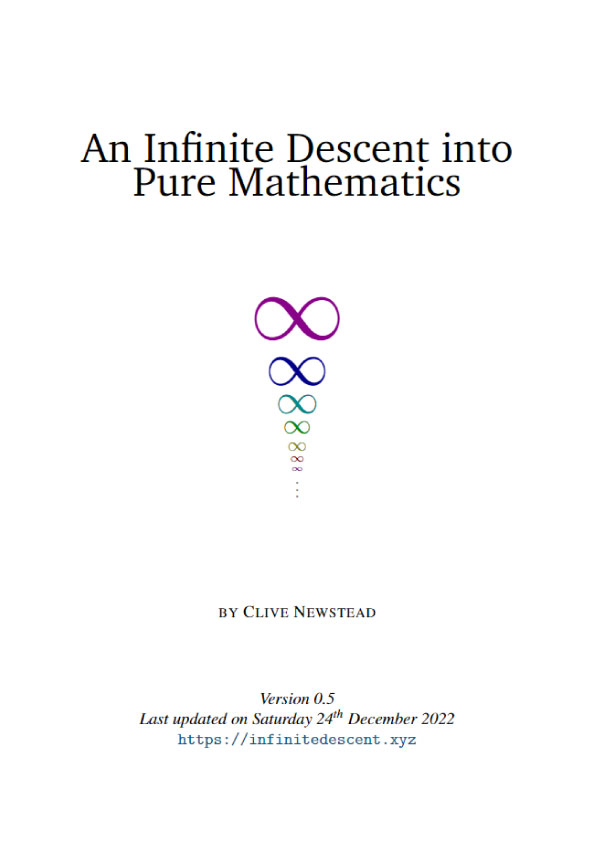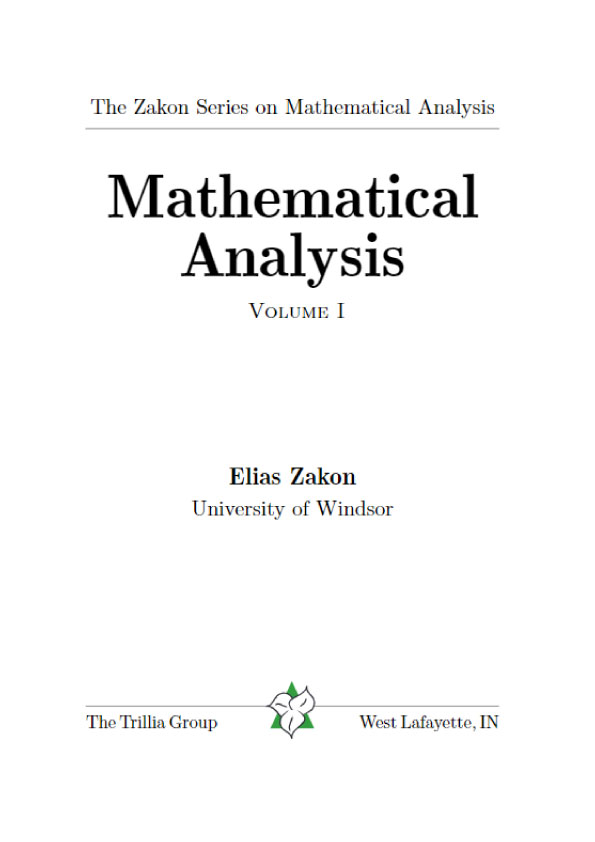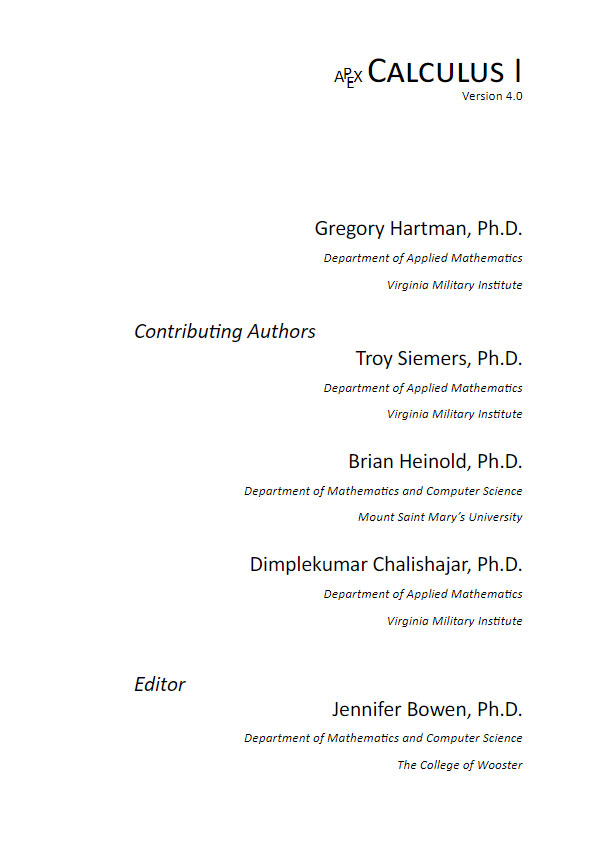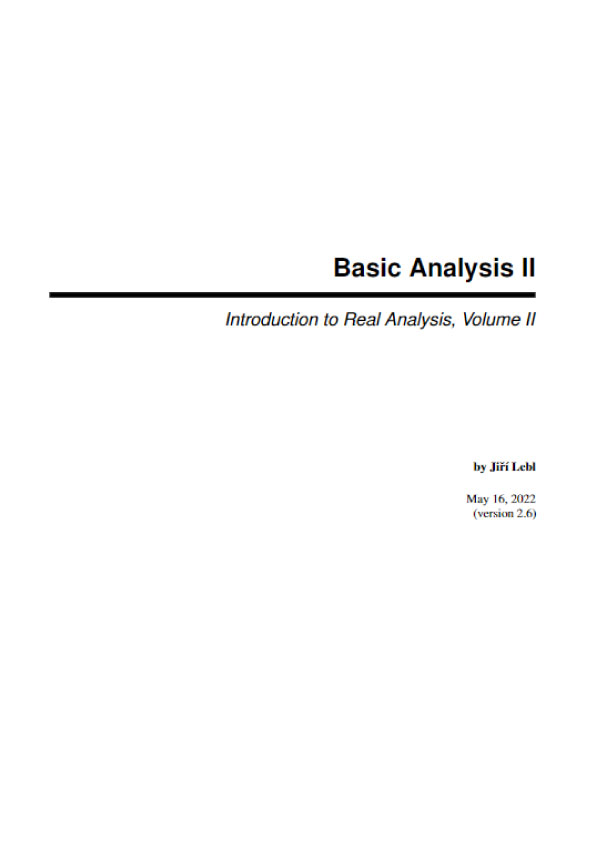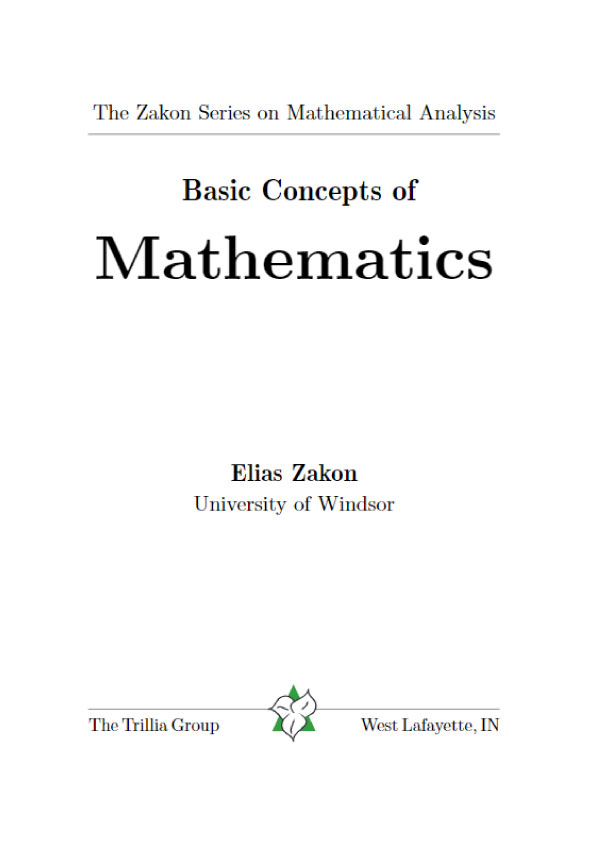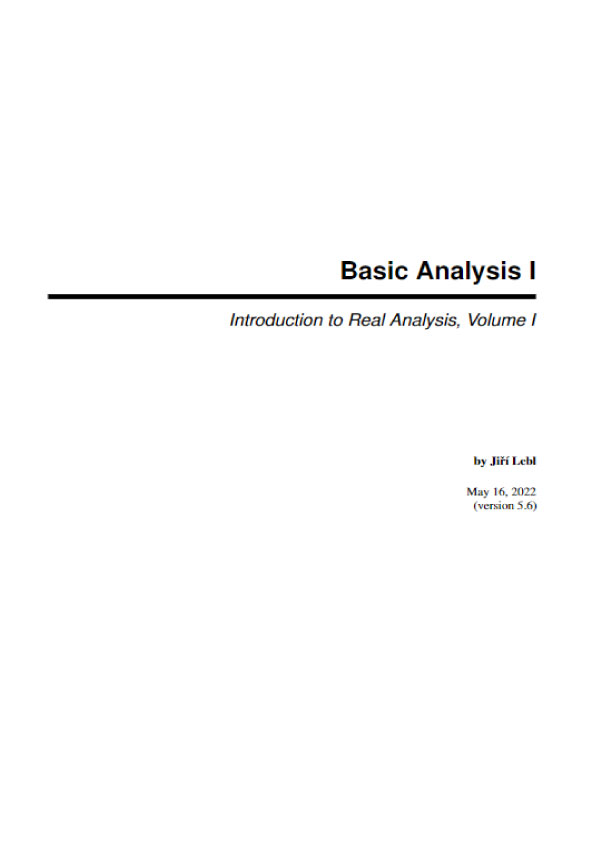Chapter 1 Variables, Expressions, and Equations
1.1 Variables and Evaluating Expressions Algebra helps people solve mathematical problems that are just a bit too complicated to solve in your head. This book is meant to cover basic principles and skills that people need to become successful with algebra. The first things to learn about are variables, algebraic expressions, equations, and inequalities. In this section, we’ll focus on variables and expressions. In the remainder of this chapter, we’ll focus on equations and inequalities.
Figure 1.1.1: Alternative Video Lesson
1.1.1 Introduction to Variables When we want to represent an unknown or changing numerical quantity, we use a variable. For example, if you’d like to discuss the gas mileage of various cars, you could use the symbol “g” as a variable to represent a car’s gas mileage. The mileage might be 25 mpg, 30 mpg, or something else. (“mpg” stands for “miles per gallon”.) If we agree to use mpg for the units of measure, g might be a place holder for 25, 30, or some other number. Since we are using a variable and not a specific number, we can discuss gas mileage for Honda Civics, Ford Explorers, and all other makes and models at the same time, even though these makes and models have different gas mileages.
When variables stand for actual physical quantities, it’s good to use letters that clearly represent those quantities. For example, it’s wise to use g to represent gas mileage. This helps the people who might read your work to understand it better.
It is also important to identify what unit of measurement goes along with each variable you use, and clearly tell your reader this. For example, suppose you are working with g = 25. A car whose gas mileage is 25 mpg is very different from a car whose gas mileage is 25 kpg (kilometers per gallon). So it would be important to tell readers that g represents gas mileage in miles per gallon.
Unless an algebra problem specifies which letter(s) to use, we may choose which letter(s) to use for our variable(s). However without any context to a problem, x, y, and z are the most common letters used as variables, and you may see these variables (especially x) a lot.
Also note that the units we use are often determined indirectly by other information given in an algebra problem. For example, if we’re told that a car has used so many gallons of gas after traveling so many miles, then this suggests we should measure gas mileage in mpg.
1.1.2 Algebraic Expressions
An algebraic expression is any combination of variables and numbers using arithmetic operations. The following are all examples of algebraic expressions:

Note that this definition of “algebraic expression” does not include anything with an equals sign in it.
Example 1.1.3 The expression:
![]()
can be used to convert a temperature in degrees Fahrenheit to degrees Celsius. To do this, we need a Fahrenheit temperature, F. Then we can evaluate the expression. This means replacing its variable(s) (in this case, F) with specific numbers and finding the result as a single, simplified number.
Let’s convert the temperature 89 °F to the Celsius scale by evaluating the expression.

![]()
This shows us that 89 °F is equivalent to approximately 31.67 ◦C.
Warning 1.1.4 Correct Vocabulary. The steps in Example 1.1.3 are not considered “solving” anything. “Solving” is a word you might be tempted to use, because in everyday English you are “finding an answer.” In algebra, there is a special meaning for “solving” something, and that will come soon in Section 1.5. When we substitute values in for variables and then compute the result, the technical thing to say is we are “evaluating an expression.”




